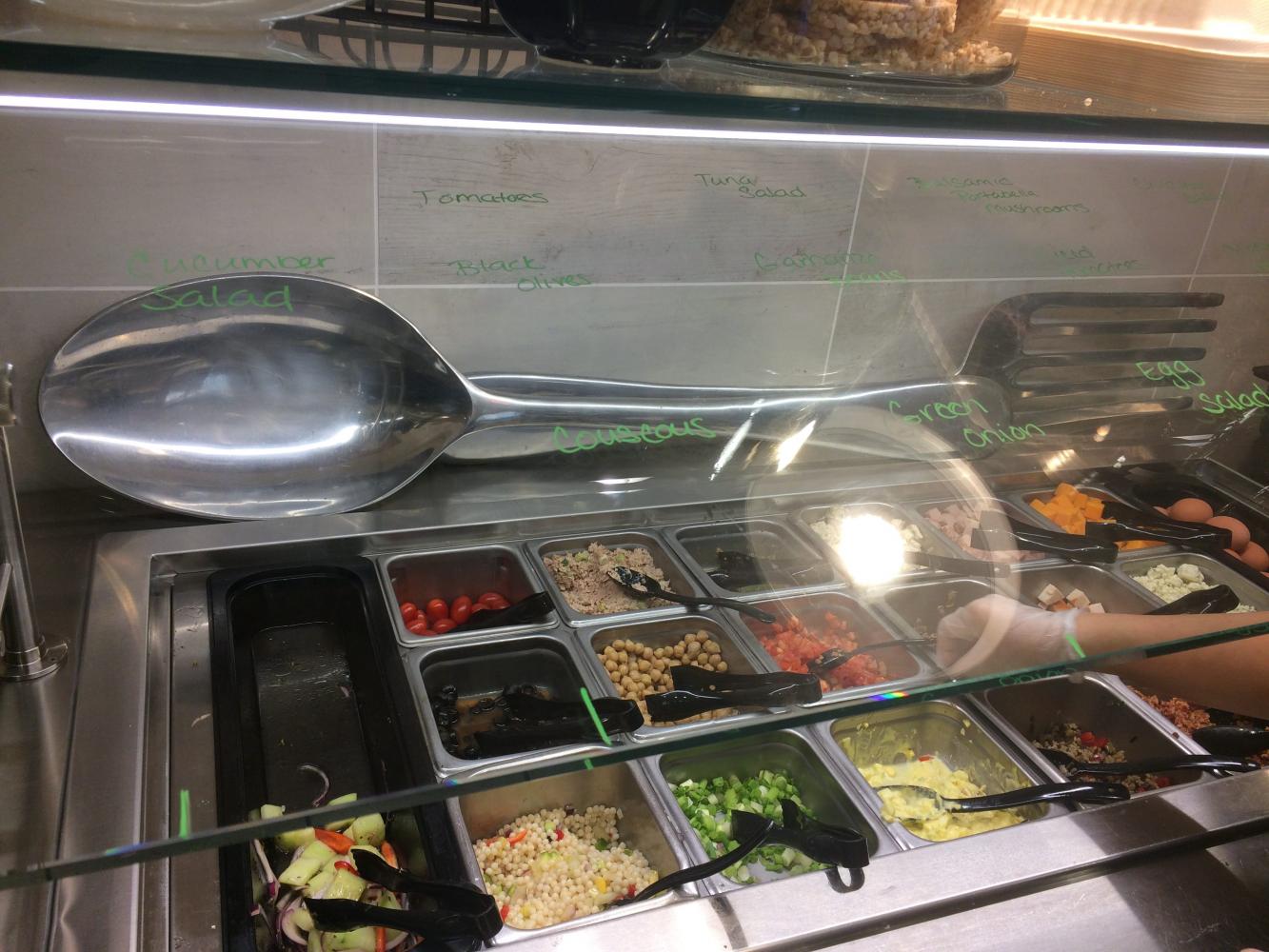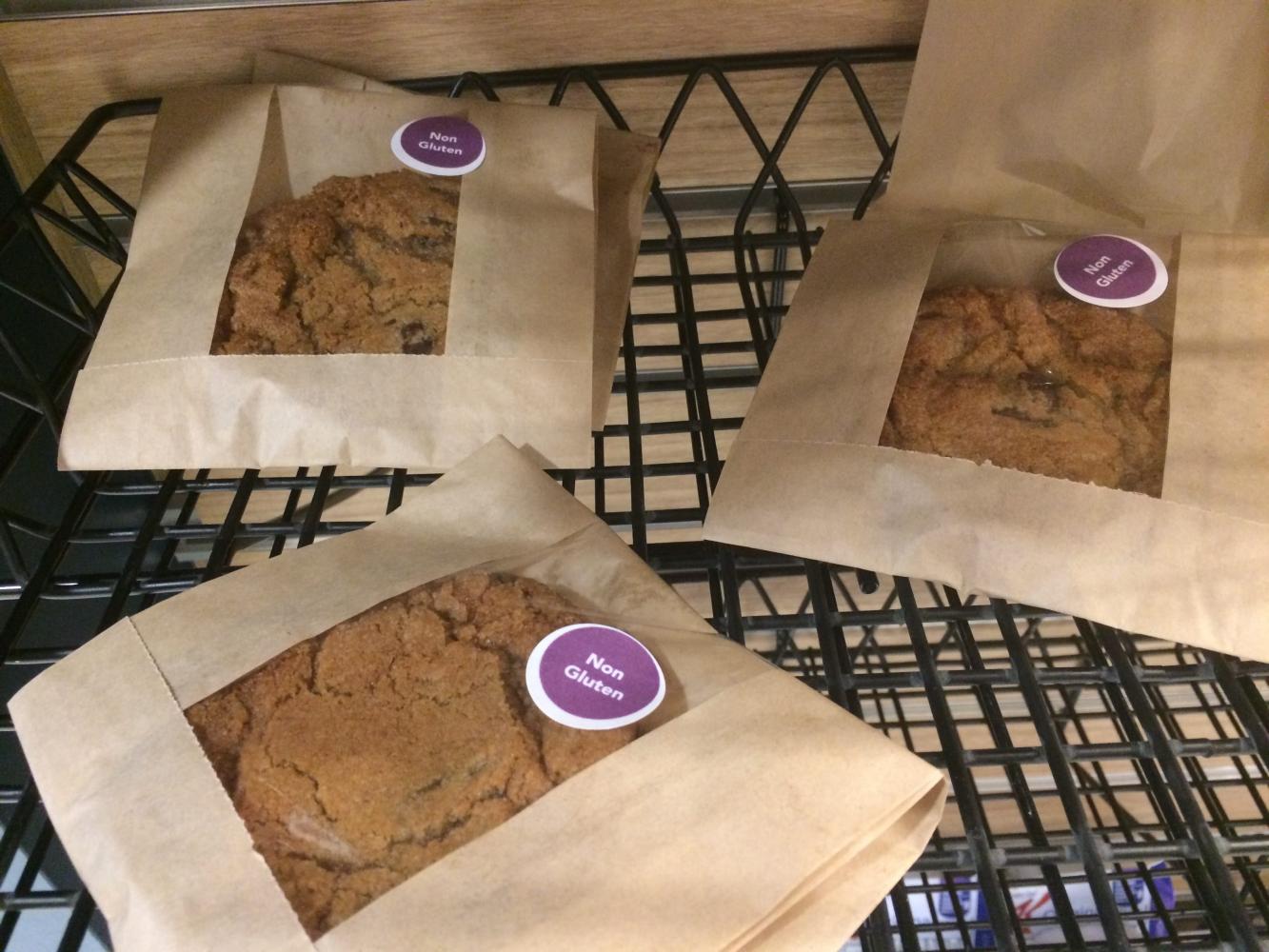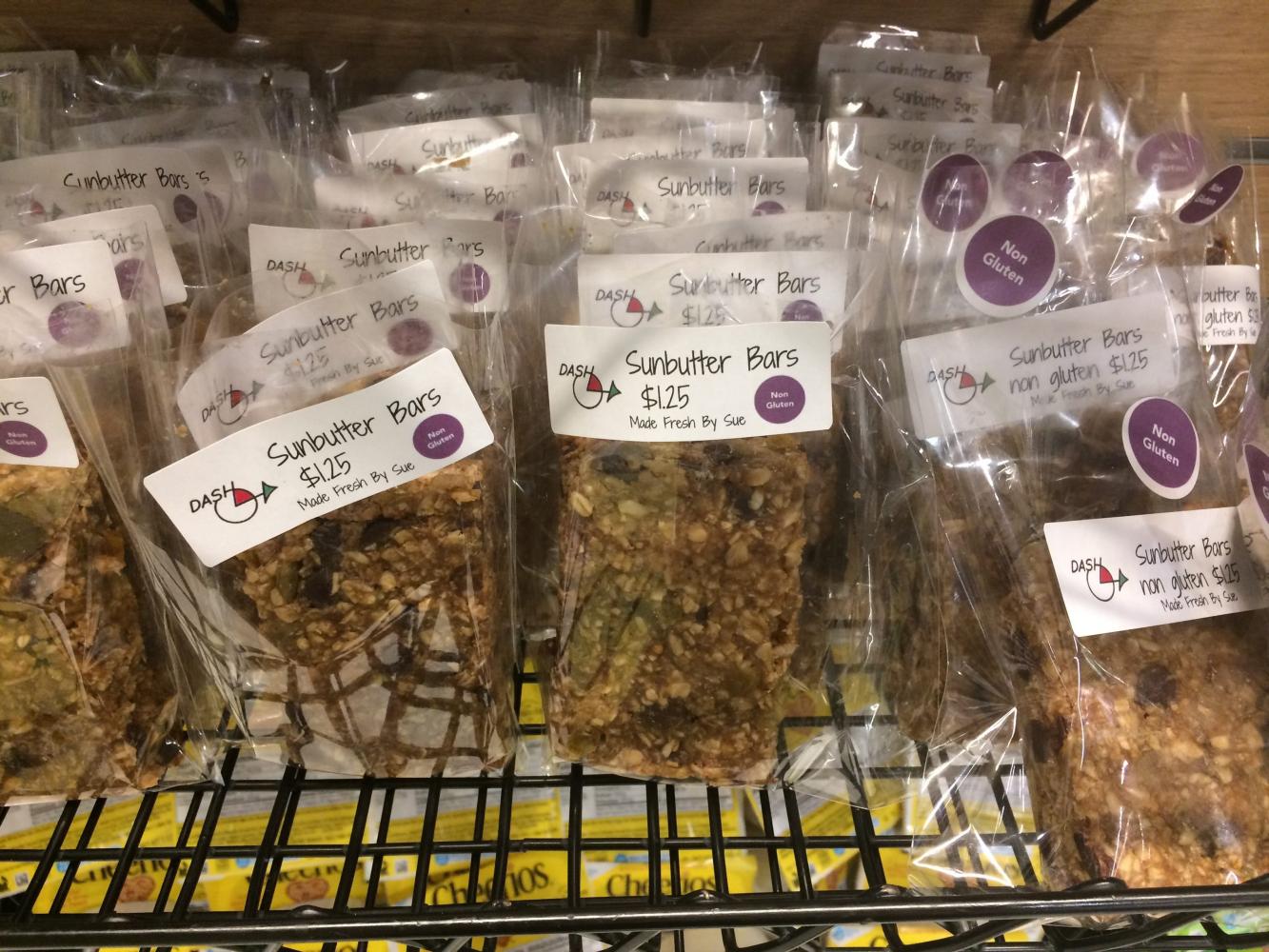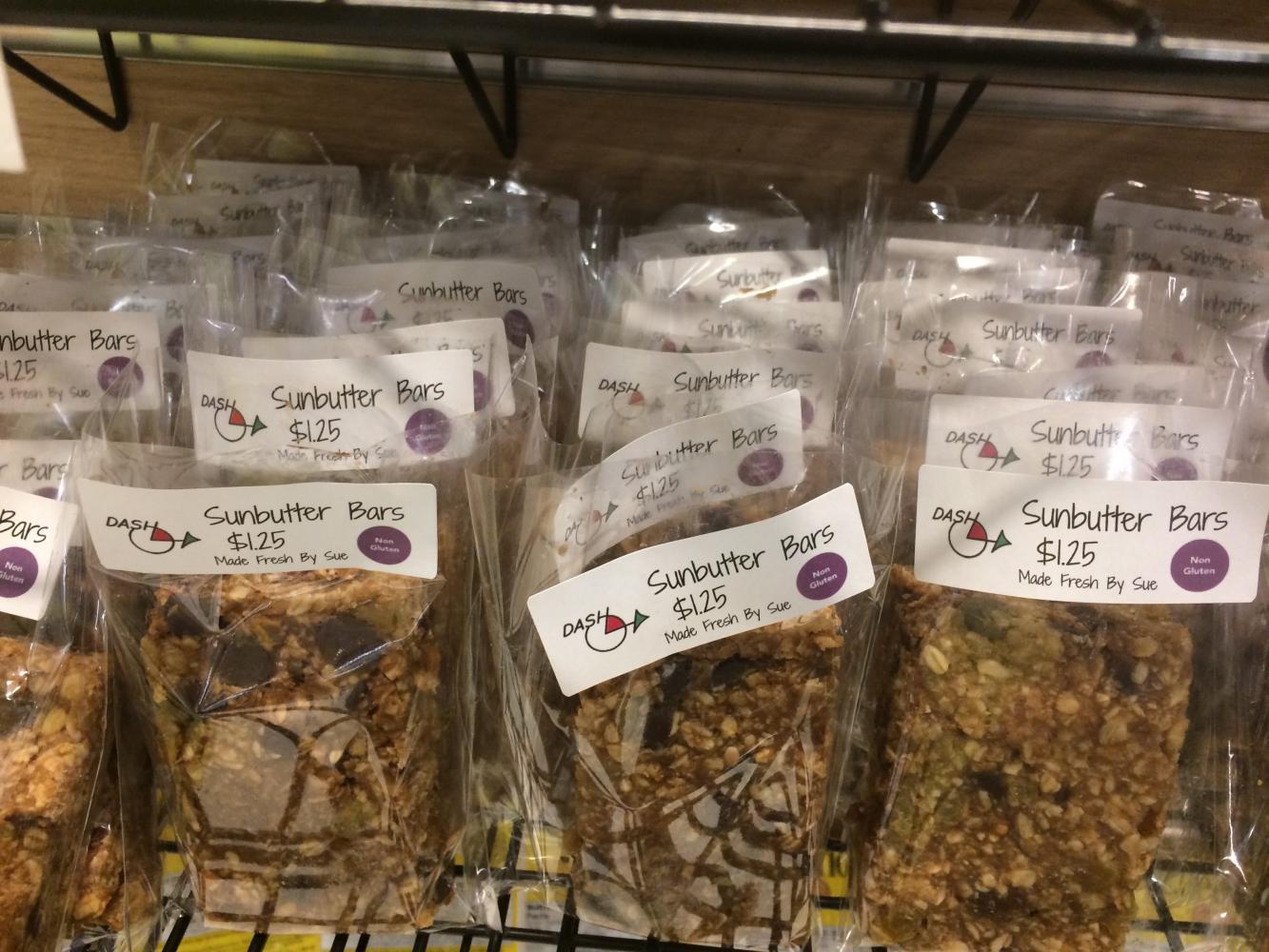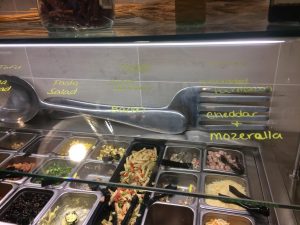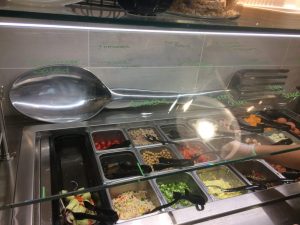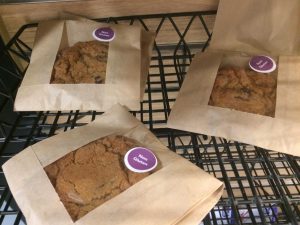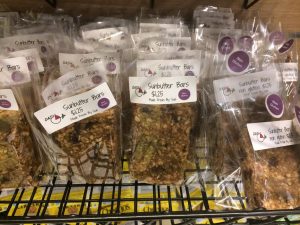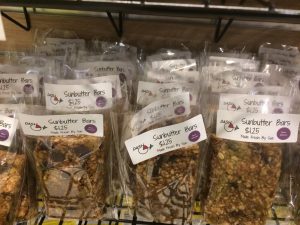No Nuts Allowed
Food Allergies at Parker
Gluten free cookies and dairy-free muffins were the extent to which last year’s cafeteria clearly included items available for students with food allergies and dietary restrictions. Though the cafeteria staff have always been conscientious of food restrictions, it wasn’t until this year that they adopted safer practices such as clearly labelling food items.
According to Nurse Anne Nelson, awareness of allergies at Parker has been on the rise. “Food allergies here weren’t a formal thing until probably 6 or 7 years ago when it became a policy,” Nelson said, “and this year I revised it.”
The focus was intensified when Parker parent Ruchi Gupta, an expert on food allergies, started a study in which, using a standardized form, she tries to understand how many people are actually allergic to certain foods and their level of severity, according to Nelson. As more research comes out, the dangers of food allergies are becoming more clear.
“The most dangerous thing about any allergy is the anaphylactic shock that happens when a child eats the food they think is safe and they didn’t realize they were allergic to,” Nelson said. “The body produces histone, which is a protein, and they go into a huge reaction that can close the airway and make the child unable to breathe. Immediate epinephrine–the epipen– is another name for adrenaline, so when the body is stressed, you need an extra adrenaline to make it to the ER.”
In order to be more mindful and ensure that all students are accounted for, Parker has instituted new rules that include wiping down surfaces all around school that certain foods–nuts, for example–have touched.
According to a parent email from Vice Principal Ruth Jurgensen sent at the start of the school year, there will be identified food-free areas around the school, such as the catboxes and multiple tables, “in an effort to continue to support students with food allergies.”
Jurgenson’s email also informed the parents of changes in the cafeteria. “Notice new signage and stickers which clearly identify non-gluten menu additions and items for purchase in cafeteria,” she said. “This school year, the cafeteria staff, led by Chef Zac Maness, will be employing safe practices for non-gluten food and sandwich prep.”
Senior Sebastian Saker, who is severely allergic to nuts, believes that this is all a definite step in the right direction. “Awareness is key,” Saker said. “It’s what Parker really needs in term of allergies.”
Though the cafeteria has been working hard to be safe for all students, other safe spaces are important throughout the school.
“There have been a few times where I’ve gone to sit down, and there have been just nuts on the table and the ground,” Sophomore Ava Sato, who is severely allergic to all nuts except peanuts, said. “It makes me feel unsafe because I have a very serious allergy, and students didn’t take the time to clean up even though there are people it can affect.”
Saker agrees. “A few days ago I saw a peanut in the hallway, and even though I know how to deal with it, and I’m not scared, for other kids the severity is different,” he said. “People need to understand the scope of it and how sensitive people can be.”
According to Nelson, kids merely touching a surface that has touched one of their allergy triggers can be very dangerous.
“They touch the surface, and they put their hand to their mouth,” Nelson said. “There is no such thing as a touch allergy to nuts.”
Sato is happy with the changes that have been made. “I think it’s a really good idea because people may not realize that there are a lot of situations where they don’t think about allergies,” Sato said. “I think the labeling is really helpful and very beneficial to students who do have allergies, and I think that the cafeteria is the best in terms of making sure everyone feels safe.”



